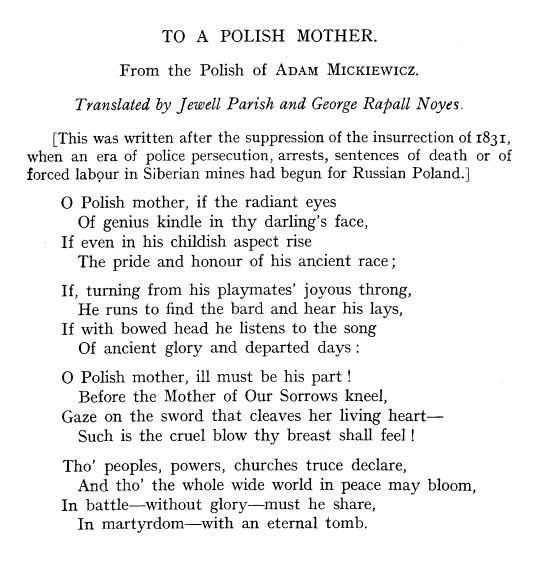History /
Question on Poland's szlachta clan admission [26]
2. Did such admission require King and Sejm confirmation or the mere fact of admission was sifficient for nobilitation?
I have learnt that from the late 16th century the Sejm had to confirm nobilitations (a visible proof that the king had less power here than the parliament, actually.) In some cases, kings nobilitated individuals, mostly foreigners, even after that time, but they had to use certain diplomatic tricks to perform the task.
2. I read nothing about clan structures, about any clan organization in post-knight period (since 16 century). Did clans really have organization? What were the structure and ways to elect major clan representatives?
I do think that the perceived analogy with old Gaelic societies of Ireland or Scotland (clans) has some limits, I have never heart about formal structures of Polish or Lithuanian 'clans'.
The analogy has some sense especially when we think about large groups of people bearing the same name and the same coat of arms, but in fact not related. But it does not work if you think about 'chieftains' as such, especially that Celtic chieftains often were descendant of local kings, all of them subjected to high kings. No trace of something like Brehon law in Poland. Also hereditary historians and physicians, etc. Celtic clan structures. I think it might be interesting to see a comparison, for example between Poland and old Ireland, made by a professional historian, though.
Maybe someone correct me, but I think that local sejmiki used to choose local administrative or legal representatives (/)



